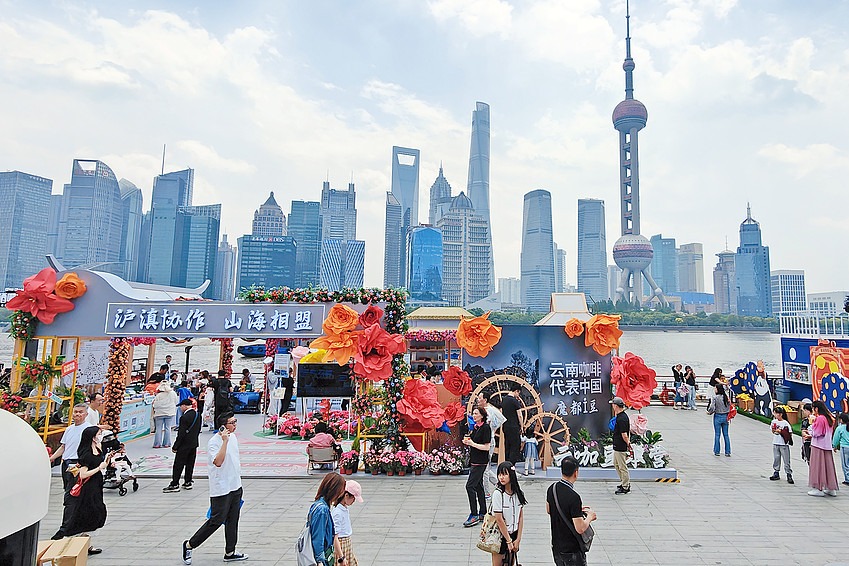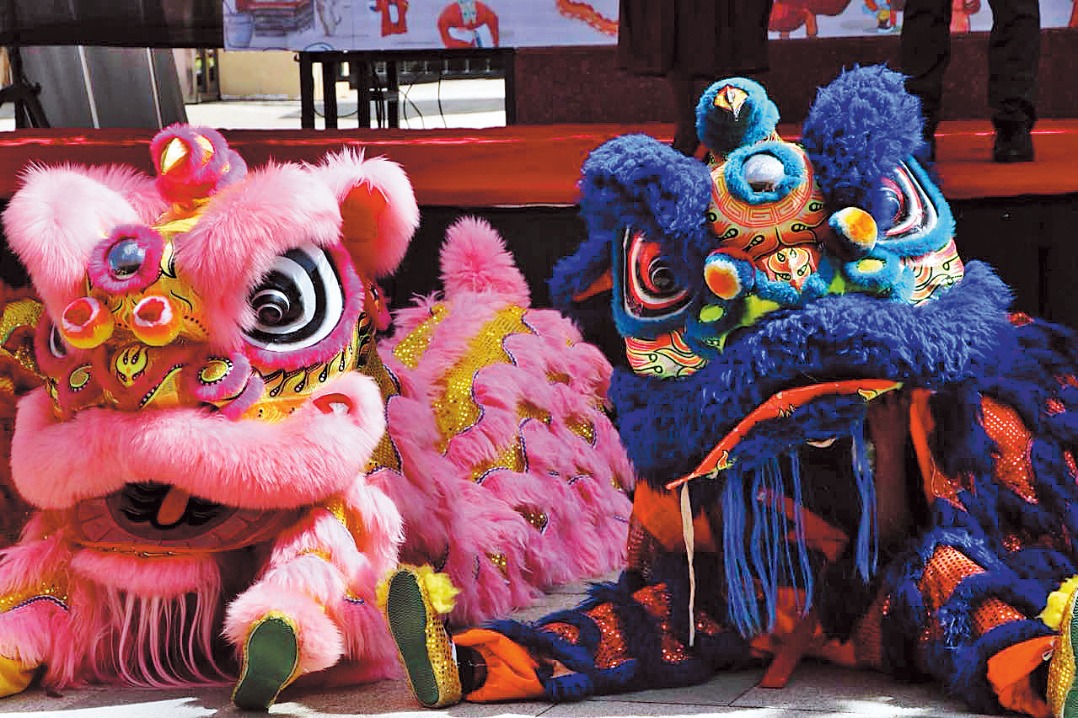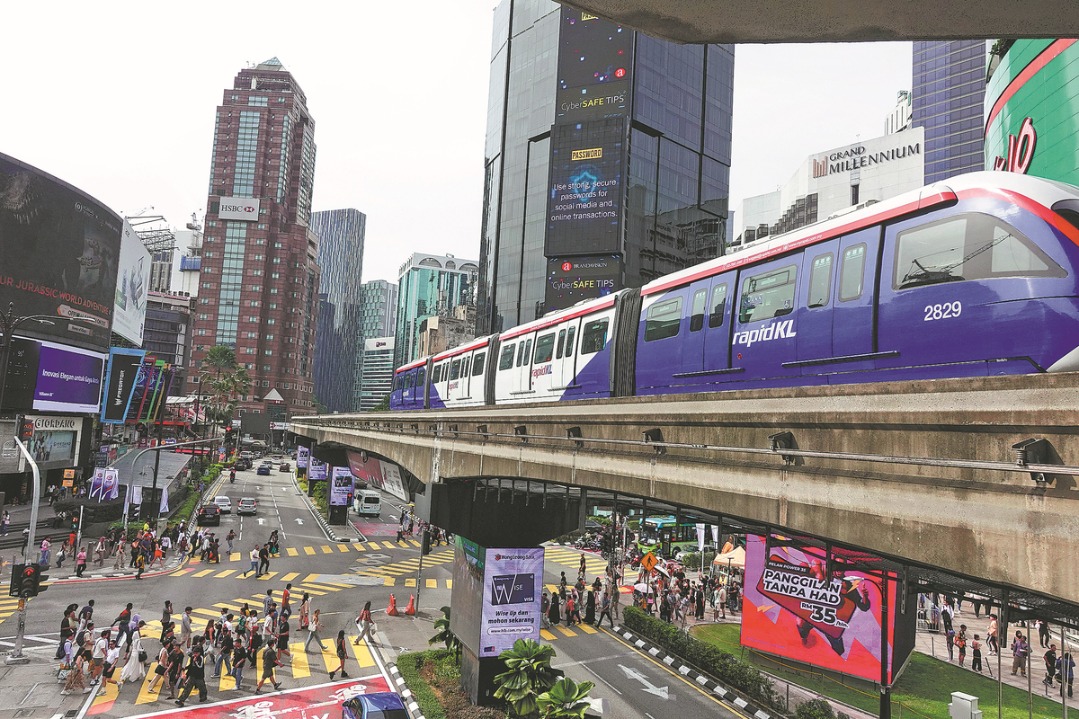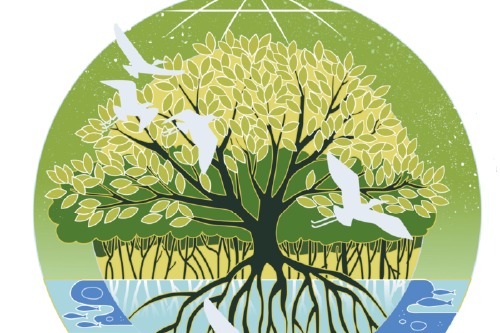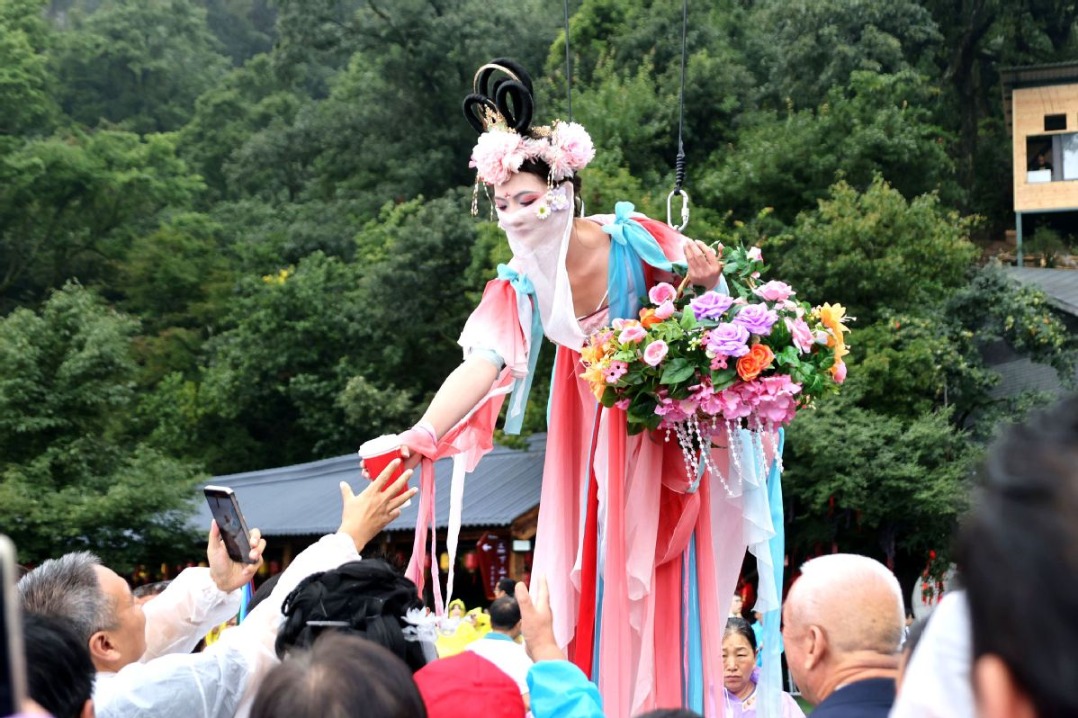Ancient wisdom can help tackle extreme heat

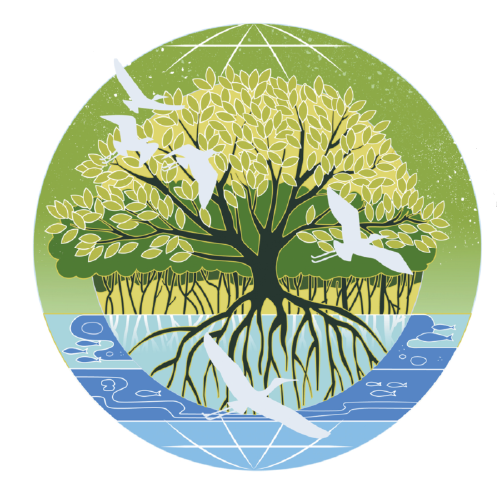
At the recent United Nations General Assembly, a leader of a major country once again dismissed the dangers of climate change, claiming that the scientific consensus on global warming was the work of "stupid people". These remarks stand in stark contrast to the global reality, as the world contends with what UN Secretary-General António Guterres has termed the era of "global boiling". Countries worldwide are urgently seeking more effective strategies to tackle the climate crisis.
In China, however, the approach is not a frantic dash but a measured marathon, drawing on millenniums of traditional wisdom and enhanced by cutting-edge science.
From Wuhan's shimmering skyline to the labyrinthine alleys of Chongqing, summer in the Yangtze River Basin is not for the faint hearted. Temperatures frequently breach the 40 degrees Celsius mark in southern China (and now often in northern China), coupled with high humidity levels that turn entire cities into pressure cookers. These "furnace cities" are not just anomalies. They illustrate the increasing risks urban centers worldwide may face from extreme heat.
In this regard, China, with its unique blend of ancient climate wisdom, modern technologies, and adaptation measures, offers valuable lessons for coping with extreme heat.
Centuries before the term "urban heat island" was mentioned in a research paper, ancient Chinese scholars were studying the sun and preparing a sophisticated climate calendar called 24 Solar Terms, which in the past guided agriculture and influenced daily life. Xiaoshu (Lesser Heat) and Dashu (Greater Heat) warned of rising temperatures, while Chushu (end of heat) signaled their eventual retreat. During the scorching sanfu days (the hottest and most humid period of the year), custom recommends xiefu (culturally endorsed siesta). In essence, it means that people should slow down, and avoid strenuous labor.
These ancient practices, recognized by UNESCO as part of humanity's intangible heritage, were positive, practical interventions. Building on that legacy, China is developing a governance model that blends centuries-old cultural understanding and state-of-the-art technology.
To appreciate the scale of China's challenge, consider this: over the past more than four decades, the country has seen one of the most rapid rates of urbanization in human history, with hundreds of millions of people moving from rural areas to cities. This massive demographic shift has created dense urban environments, especially susceptible to heat stress. Beyond the usual suspects like Nanjing and Chengdu, many other cities, including Xi'an, Tianjin, Hangzhou, Fuzhou and Haikou, now experience "furnace-like" summers.
China's response has been systemic, not superficial. It has established an advanced, integrated weather-monitoring and risk-mitigating network that spans "air, land, sea and space". Satellites like the Fengyun series, thousands of ground-based sensors, AI-driven weather forecasting systems, and real-time urban heat maps form the backbone of an "air-ground-space-human" architecture. The tools that comprise the network, identify the places most likely to suffer extreme heat as well as help local authorities intervene timely to safeguard the vulnerable groups of people — elderly residents, outdoor workers and children.
Yet tackling or adapting to extreme heat doesn't only mean making better air conditioners. It also means taking measures to ensure cities breathe better.
In many cities, air-raid shelters, metro stations and shopping malls have been repurposed as air-conditioned spaces where people can get shelter from extreme heat. These shared spaces don't just offer people shelter from extreme heat but also improve overall energy efficiency by reducing the need for every household to switch on their air conditioners at home, and thus save electricity.
Besides, governments at various levels are establishing hydration points, and building shaded pavilions and "cool bus stops" to provide relief for construction and delivery workers, and street vendors — the unsung heroes that battle heat waves. In some cities, AI-backed route planners even guide people to take low-exposure walking paths based on the time of the day and personal heat sensitivity.
Extreme heat, more than an environmental issue, is also a lifestyle issue. In the age of e-commerce and digital convenience, Chinese consumers are adapting to extreme heat as well as changing their habits. For instance, since the 2010s, increasing numbers of white-collar professionals, blue-collar workers and students have been ordering lunch and dinner online to avoid extreme heat.
This transformation has created a new group of vulnerable workers: delivery personnel. Food delivery companies, on their part, have been distributing "cooling uniforms" and "ice vests" among delivery personnel so they can protect themselves from extreme heat.
At a more systemic level, China is integrating heat resilience into its long-term urban vision. The National Climate Change Adaptation Strategy 2035 mandates that climate-adaptive cities implement pilot programs tailored to suit local geography and socioeconomic conditions.
China's approach is neither accidental nor improvised. It reflects a deep-rooted understanding that adapting to climate change is a necessity. As such, governments need to invest in community resilience, social infrastructure and advanced technology, and use both ancient wisdom and digital tools to strengthen resilience against climate change, including extreme heat, and put people at the heart of urban governance.
China's heat adaptation policy provides an example of combining traditional knowledge and modern technology that other countries may consider in addressing heat challenges. In a century likely to be defined by climate extremes, the fusion of tradition and technology may just be the most sustainable path forward.
The author is professor at the School of Architecture and Urban Planning, Chongqing University. The views don't necessarily represent those of China Daily.
If you have a specific expertise, or would like to share your thought about our stories, then send us your writings at opinion@chinadaily.com.cn, and comment@chinadaily.com.cn.
















